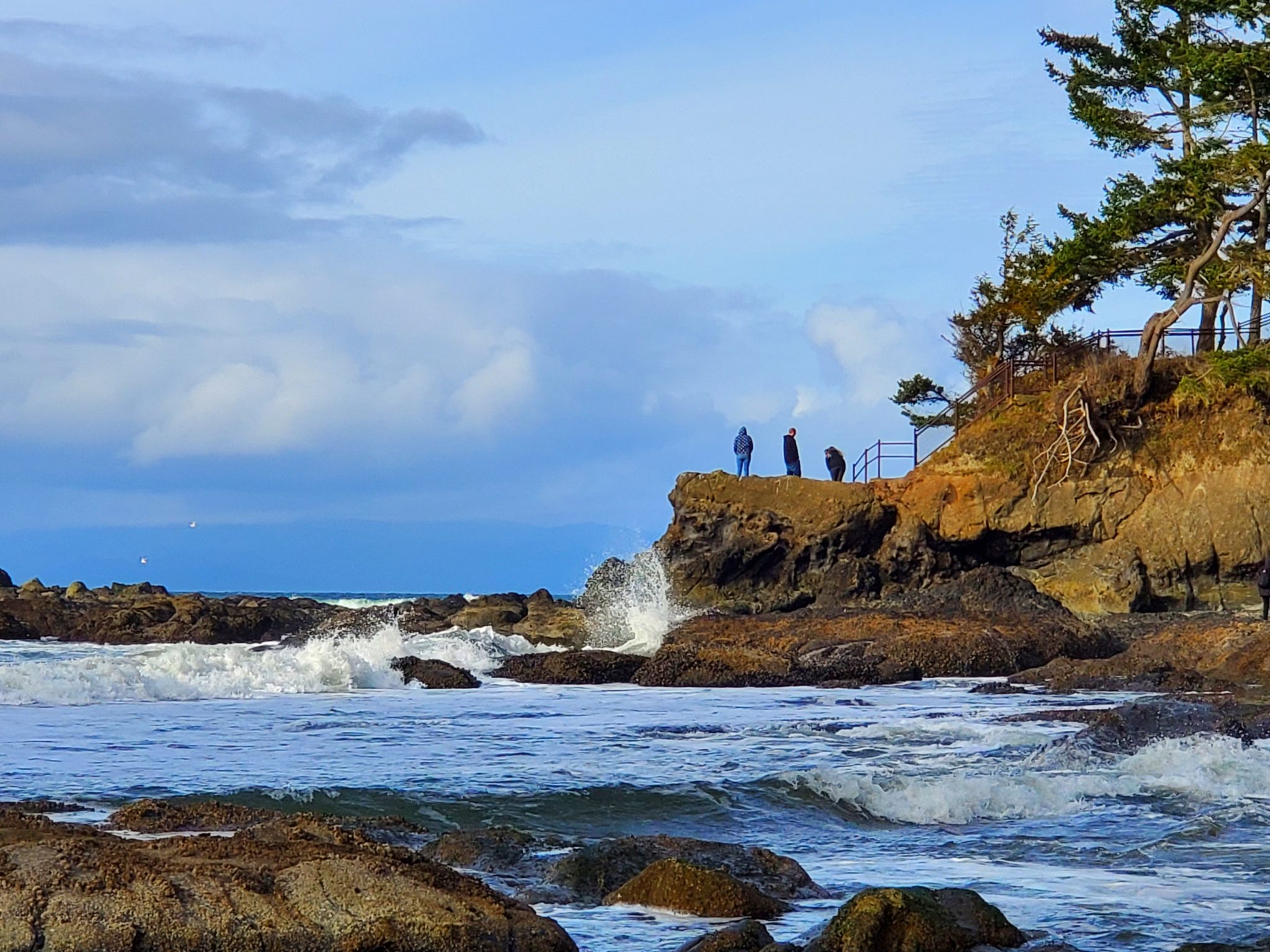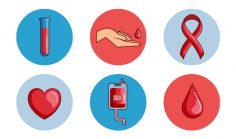Your skin is your body’s largest organ and your first defense against injuries, infections, heat, and cold. The health of your skin is vital to the health of your whole body. To keep you safe and healthy, your skin is constantly replenishing itself and growing new cells. Yet your skin can also get sick, just like any other part of your body—perhaps more so, because it’s on the outside, interacting with the world around you.
Skin conditions can range from a mild rash or dryness that goes away quickly to deadly cancers that can spread throughout the body. It would be nearly impossible to make a complete list of all the different skin conditions. But here are some that are worth knowing about:
Dermatitis and eczema are medical terms for a red, itchy rash, which may be caused by a number of different medical problems and triggered by irritants, allergies, infections, or other causes. Eczema may also cause blistering, peeling, or seeping in some cases, depending on the underlying cause. 10% to 20% of infants and about 3% of adults in the USA are affected by eczema. While most infants who develop eczema outgrow it by their tenth birthday, some people continue to have symptoms throughout life. The exact cause of eczema is unknown, but it’s thought to be linked to an overactive response by the body’s immune system to an irritant. It is this response that causes the symptoms of eczema.With proper treatment, the disease can usually be effectively controlled.
Acne is the most common skin health problem—17 out of 20 Americans have acne at some time in their lives, and 40 to 50 million suffer from it at any one time. Acne is a common skin disease that causes pimples. Pimples form when hair follicles under your skin clog up. Most pimples form on the face, neck, back, chest, and shoulders. Anyone can get acne, but it is common in teenagers and young adults. It is not serious, but it can cause scars and may be associated with depression.
Psoriasis is a skin disease caused by an autoimmune condition. If you have psoriasis, your body’s immune system mistakenly attacks your own skin and rushes to build new skin cells to replace it. Psoriasis often looks like a rash with silvery scaling around the edges of a patch of red skin. Psoriasis causes cells to build up rapidly on the surface of the skin. The extra skin cells form thick, itchy, dry, red patches that are sometimes painful.
Skin parasites, like lice or scabies, are tiny insects or other creatures that live in or underneath your skin.
Dermatophytes (fungal infections) such as ringworm or athlete’s foot, can grow on the outer layer of your skin, anywhere from the scalp to the soles of your feet, and cause scaling, dry, and thickened skin.
Infectious skin diseases, such as warts, herpes, or staphylococcus infection, may cause unpleasant bumps, sores, or rashes. Bacterial infections, like staphylococcus, can be treated with antibiotics. While some viral infections go away on their own, others stay in your body long after the symptoms are gone.
Xerosis is characterized by abnormally dry skin, and while usually a minor and temporary problem, it can be painful or unpleasant, and may lead to other problems.
Vitiligo is a disease in which skin loses its pigment cells, which results in discolored patches of skin, often with little or no color. While vitiligo can begin at any age, it most often begins before age 20.
Keloids are hardened or darkened areas that are left behind after a scar has healed.
Alopecia is the medical term for hair loss, including male pattern baldness or any other thinning hair or balding in men or in women.
Moles and actinic keratoses are growths on the skin that are often benign but may be warning signs of cancer.
Skin cancer is a cancer that starts in your skin cells. Skin cancer is very treatable if caught early, but can be deadly if you ignore it until it’s too late. There are various types of skin cancer, including squamous cell carcinoma, basal cell carcinoma, and melanoma—often the deadliest of the skin cancers.













